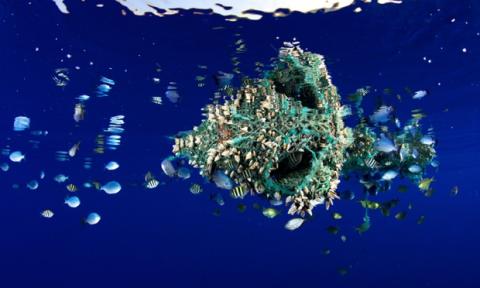Full scale of plastic in the world's oceans revealed for first time
The research found that the gyres themselves are likely to contribute to the problem, acting as “shredders” to the plastic before dispersing it. “Our findings show that the garbage patches in the middle of the five subtropical gyres are not the final resting places for the world’s floating plastic trash,” said Marcus Eriksen, another of the report’s co-authors. “The endgame for micro-plastic is interactions with entire ocean ecosystems.”
The research, the first of its kind to pull together data on floating plastic from around the world, will be used to chart future trends in the amount of debris in the oceans. But researchers predict the volume will increase due to rising production of throwaway plastic, with only 5% of the world’s plastic currently recycled. “Lots of things are used once and then not recycled,” Reisser said. “We need to improve our use of plastic and also monitor plastics in the oceans so we get a better understanding of the issue.
“I’m optimistic but we need to get policy makers to understand the problem. Some are doing that – Germany has changed the policy so that manufacturers are responsible for the waste they produce. If we put more responsibility on to the producer then that would be part of the solution.”
Oliver Milman

